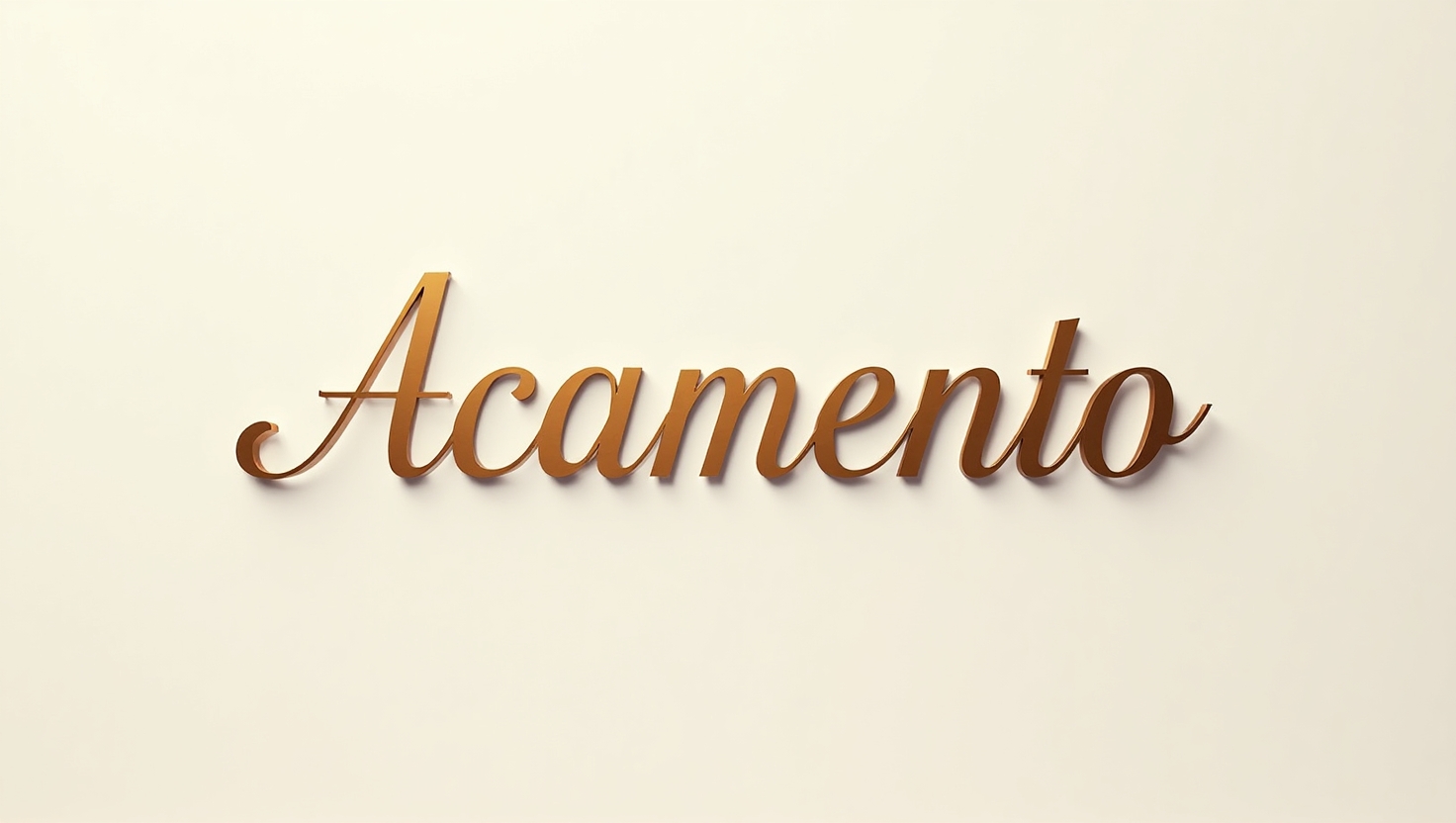What Does “Acamento” Mean?
The term acamento appears to be a stylized or alternative variation of the Portuguese word “acabamento”, which translates to “finishing” in English. While “acamento” itself isn’t a standard dictionary entry, it’s used colloquially and creatively in design, DIY, and artisanal contexts to refer to the final touch or surface treatment that completes a project — be it in woodworking, metalwork, furniture design, or interior décor.
Definition and Linguistic Roots
“Acamento” likely stems from the verb “acamar”, meaning to layer or place, but is primarily interpreted as shorthand for acabamento. It carries the essence of completion, perfection, and surface refinement — the final visual and tactile impression of any crafted object.
Origins and History of Acamento
Traditional Roots in Portuguese Craftsmanship
In historical Portuguese and Brazilian carpentry, “acabamento” was more than a step — it was an art form. Craftsmen would pride themselves on a polished finish using natural oils, waxes, and sands.
Evolution Into Modern Usage
Today, “acamento” is often seen on design blogs and social platforms, creatively adopted to describe a modern, minimalist, or rustic finishing style. It’s a buzzword among DIY enthusiasts who seek clean, high-quality finishes using accessible tools and eco-conscious products.
Types of Acamento Finishes
Understanding the types of finishes under the umbrella of acamento is essential for achieving your desired look and durability.
Glossy Finish
- Shiny, reflective surface.
- Ideal for modern and sleek furniture.
- Often achieved with varnish or high-sheen polyurethane.
Matte Finish
- Soft, non-reflective feel.
- Popular in rustic and vintage designs.
- Often uses wax or matte lacquers.
Textured Finish
- Adds depth and character.
- Created through brushes, fabric prints, or stencils.
Distressed or Vintage Finish
- Intentionally worn look.
- Achieved through sanding, dry brushing, or paint chipping techniques.
Key Tools & Materials for Acamento
| Tool/Material | Use |
| Sandpaper (80–220 grit) | Smoothing surfaces pre- and post-finishing |
| Brushes & rollers | Applying stains, varnish, or oil |
| Varnish & Polyurethane | Sealing and gloss enhancement |
| Natural oils (linseed, tung) | Eco-friendly penetration and preservation |
| Safety gear (mask, gloves) | Protection from fumes and dust |
These essentials form the backbone of any successful finishing process.
Step-by-Step Acamento Process
Surface Preparation
Clean the material thoroughly and fill in any cracks or imperfections using wood filler or putty. This ensures an even and professional outcome.
Sanding Techniques
Start with a coarse grit and work up to fine grit sandpaper. For wood, start at 80 and finish at 220. Always sand along the grain.
Application and Drying
Use a soft brush or cloth to apply your chosen finish in thin, even coats. Allow ample drying time — usually 24 hours — between coats.
Final Polishing and Inspection
After drying, inspect the surface for dust or uneven patches. Buff with a clean cloth or use steel wool (#0000) for an ultra-smooth finish.
Popular Techniques in Acamento
- Spray Finishing: Offers smooth, professional coverage with reduced brush strokes.
- Hand-Rubbed Oils: Natural oils applied by hand allow control and a deep, rich sheen.
- Distressing Techniques: Create worn or vintage looks using tools like hammers, chains, or sandpaper.
Tips for Novices
- Start with small projects like trays or stools.
- Invest in high-quality brushes and sandpaper.
- Let each layer dry thoroughly before applying the next.
- Practice patience — rushing leads to bubbles, unevenness, and peeling.
Common Mistakes and How to Avoid Them
| Mistake | Fix |
| Overcoating | Apply thin, even coats to avoid clumping. |
| Inadequate sanding | Always prep the surface with multi-stage sanding. |
| Ignoring drying time | Respect curing times listed on product labels. |
| Using incompatible products | Stick with a single base (oil or water) per project. |
Acamento Across Different Materials
Wood
- Best material for acamento.
- Accepts stains and oils readily.
Metal
- Requires a primer before applying any finish.
- Sealing prevents rust and oxidation.
Fabric and Composite Surfaces
- Fabric can be stiffened with sealant or waterproof finish.
- Composite surfaces may need special adhesives or coatings.
Environmental & Safety Considerations
- Choose low-VOC (Volatile Organic Compounds) products when possible.
- Always work in a well-ventilated area.
- Use gloves and masks to prevent inhalation or skin exposure.
For more details on eco-safe finishing, visit.
Inspiring DIY Projects Using Acamento
- Pallet Coffee Tables: Sanded and stained for a rustic look.
- Wall Panels: Matte-finished wood creates warm backdrops.
- Bookshelves: Varnished pine adds elegance to any room.
Expert vs Beginner Comparison
| Aspect | Beginner | Expert |
| Tools | Basic brushes, limited selection | High-end sprayers, specialty products |
| Finish Quality | Acceptable with flaws | Smooth, consistent, showroom-quality |
| Time Efficiency | Slow and cautious | Fast with high precision |
Conclusion & Next Steps
Acamento is more than just finishing — it’s the final signature on your craft. Whether you’re working on a DIY furniture project, revamping home decor, or experimenting with modern design trends, mastering acamento will elevate your work from ordinary to extraordinary.
Explore more finishing guides and professional tips at platforms like Instructables or FineWoodworking.com to keep improving.
FAQs
Q1: What is acamento exactly?
A modern or stylized version of “acabamento,” referring to the final surface treatment or finish on a material.
Q2: Can I do acamento myself without experience?
Yes! With the right tools, materials, and patience, even beginners can achieve great results.
Q3: How long does a full acamento process take?
Typically 2–3 days, including drying and sanding between coats.
Q4: Which finishes are most durable?
Polyurethane and varnish offer long-lasting, scratch-resistant protection.
Q5: Is acamento suitable for outdoor furniture?
Yes, but use UV-resistant and waterproof sealants for longevity.
Q6: How do I fix a flawed finish?
Lightly sand the area and reapply the finish in thin coats.




